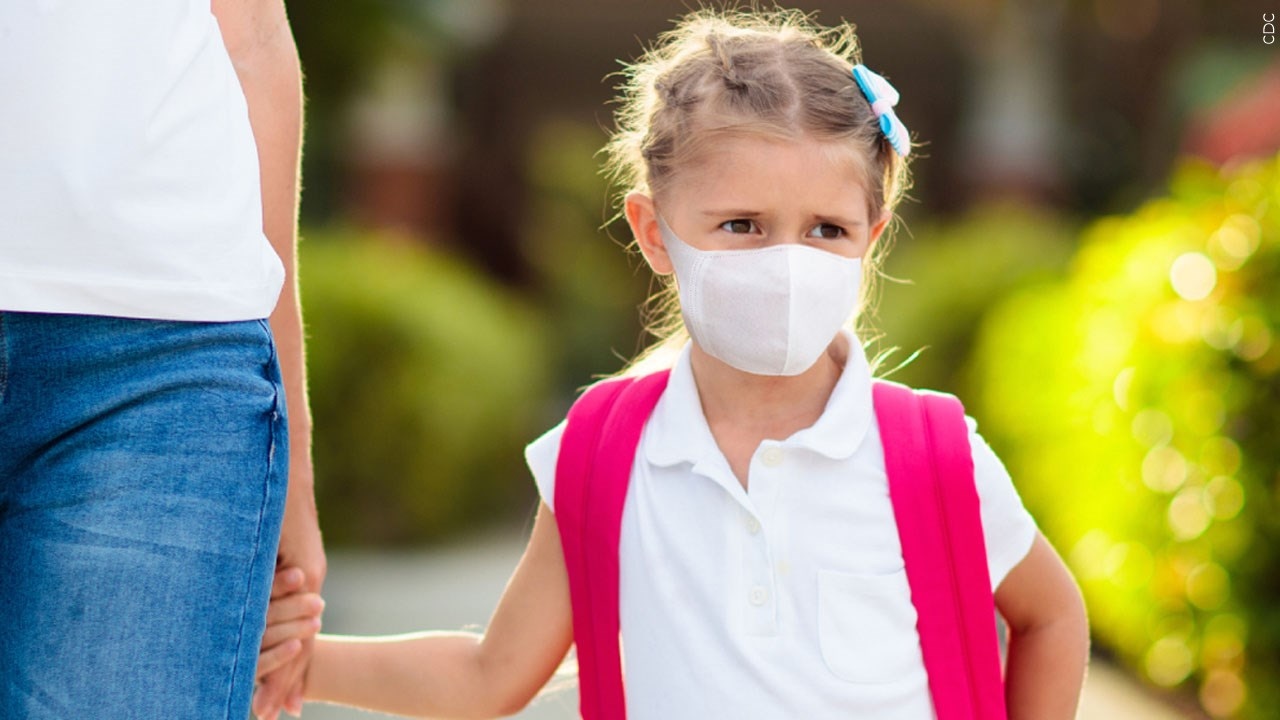Minnesota school districts tracking rising COVID cases
[anvplayer video=”5122858″ station=”998122″]
Three Minnesota counties are now in the CDC’s “high transmission” category as the BA.5 omicron variant spreads nationwide. Renville, Olmsted and Wabasha Counties moved into the higher designation over the past week.
“BA.5 is really becoming the dominant COVID strain not just in Minnesota but all of our region, the Great Lakes region, and across the U.S.,” said Dr. Susan Kline an infectious disease physician at the University of Minnesota Medical School. “Unfortunately, it seems to be very transmissible.”
Dr. Kline explained the new variant is out-competing the other strains.
“These strains seem to be evolving and mutating enough to the point they are escaping immunity we’ve developed from previous vaccinations or even previous infections or a combination of both,” she said.
The number of hospitalized COVID-19 patients is increasing nationwide, along with case numbers. Physicians are encouraging unvaccinated Americans to sign up for a shot.

(MGN/CDC)
“It’s better to have some immunity than no immunity,” said Dr. Kline. “I think the studies are pretty clear on that. Even though the immunity from the vaccine may not completely protect you, it does seem to protect against serious illness, hospitalization, and death compared to someone who has not been vaccinated.”
The decision to wear a mask depends on various factors, according to Dr. Kline. Personal risk factors, vaccination status, previous infection, and the environment are all considerations.
“Crowded indoor exposures are the highest risk situation,” she said. “If you’re in a crowded airport for instance or on an airplane. I know it’s optional now but I would think about wearing a mask in those sorts of situations where you really can’t distance yourself from other people.”
School districts are also watching the data closely. Minneapolis Public Schools are monitoring case numbers in Hennepin County, which is currently experiencing medium transmission levels.
Under the CDC guidelines, masks are recommended indoors in areas with high transmission levels. At medium transmission levels, immunocompromised or high-risk patients are encouraged to talk with their doctor about the benefits of wearing a mask.
A spokesperson for MPS told 5 EYEWITNESS NEWS, “If the level for concern goes up and there is a need to re-implement a mask mandate in the future, staff, students and families will be notified as soon as possible via email, call and text.”
A Saint Paul Public Schools spokesperson explained the district receives community spread level updates on Thursdays, “If it goes to High, masks would be required starting the following day for all students, staff and visitors in our buildings and on school buses.”
The community transmission level in Ramsey County is currently low.
The state’s largest district, Anoka-Hennepin Schools, is also monitoring the situation but hasn’t recommended any additional mitigation strategies at this point, according to a district spokesperson.
Dr. Kline recommends those who are experience symptoms should get tested for COVID-19.
“I wouldn’t just rely on one negative home test,” she said. “We do know the home tests are not as sensitive as the PCR tests that you might get done at other locations. In fact, the antigen tests might lag by two days of turning positive after the PCR turns positive. So it’s probably a good idea if you’re not feeling well to not just rely on one test, re-test a second time in two days.”
A spokesperson for the Minnesota Department of Health shared the following statement:
“Though cases statewide have been trending down over the last two months, we do have some counties in the state that are experiencing more severe impacts. Regardless of the variant, we encourage Minnesotans in counties with high community levels to follow CDC’s individual- and household-level prevention behaviors, including wearing a well-fitting mask indoors in public.
For those who are immunocompromised or at high risk for severe disease, consider wearing a mask that offers greater protection like N95 or KN95 masks, avoiding non-essential indoor activities in public, and talking to your healthcare provider about whether you need to take other precautions. It is also recommended to have a plan in place for rapid testing (e.g., having home tests or access to testing) and if you do test positive to talk to your healthcare provider about whether you are a candidate for antivirals or monoclonal antibody treatments.
If you have a household or social contact with someone at high risk for severe disease, consider self-testing before gathering and wearing a mask when indoors with them.
With many people now taking advantage of at-home rapid tests like those that can be ordered from the State of Minnesota free of charge at mn.gov/covid19/get-tested/at-home, following simple practices like staying home when you’re sick can go a long way in reducing transmission.
We continue to encourage Minnesotans to connect with their health care providers about vaccination and the timing of boosters. Staying up to date with COVID-19 vaccination can lower the risk of severe COVID-19 outcomes, such as medically significant illness, hospitalization, and death.”
Minnesota Department of Health